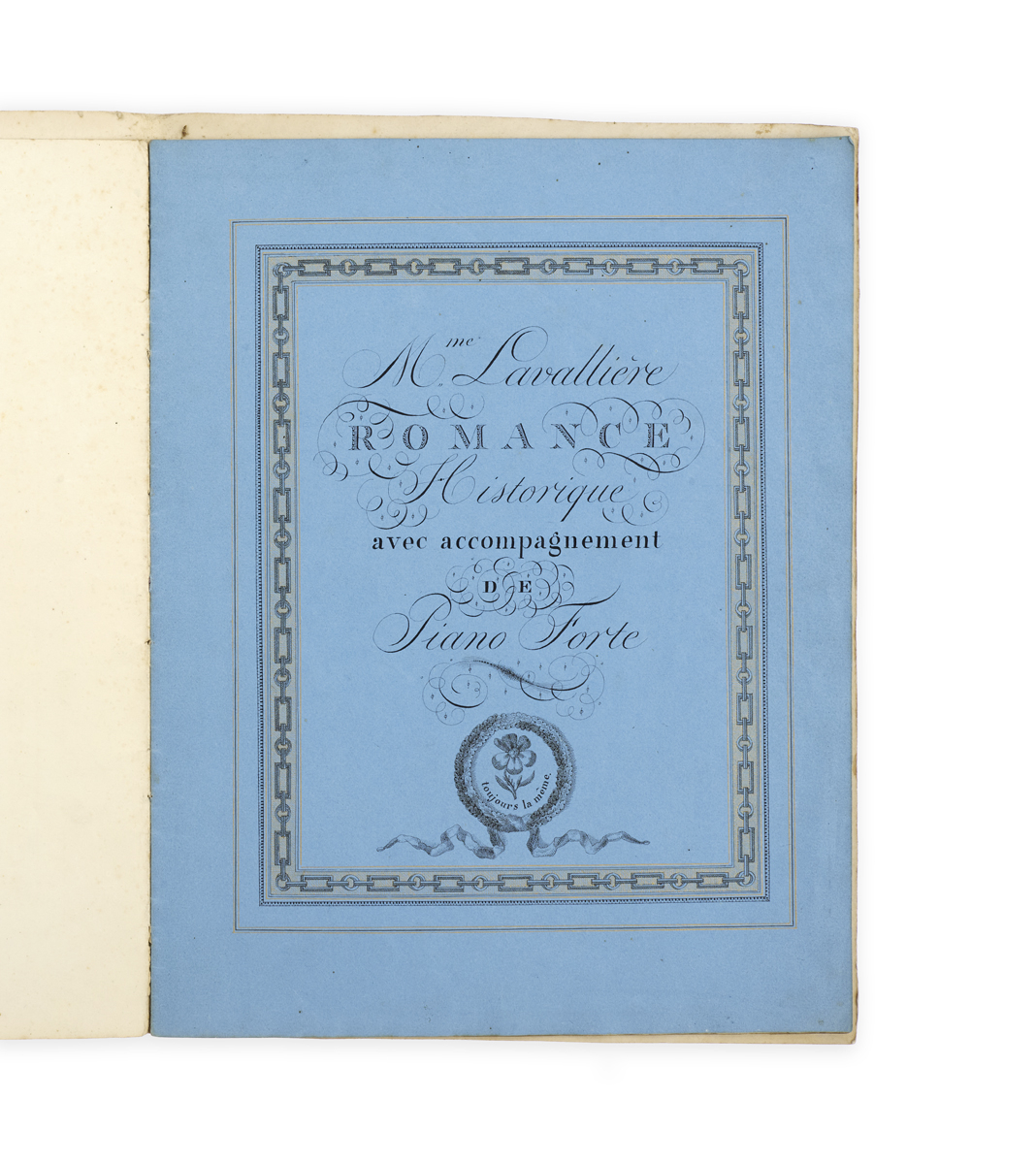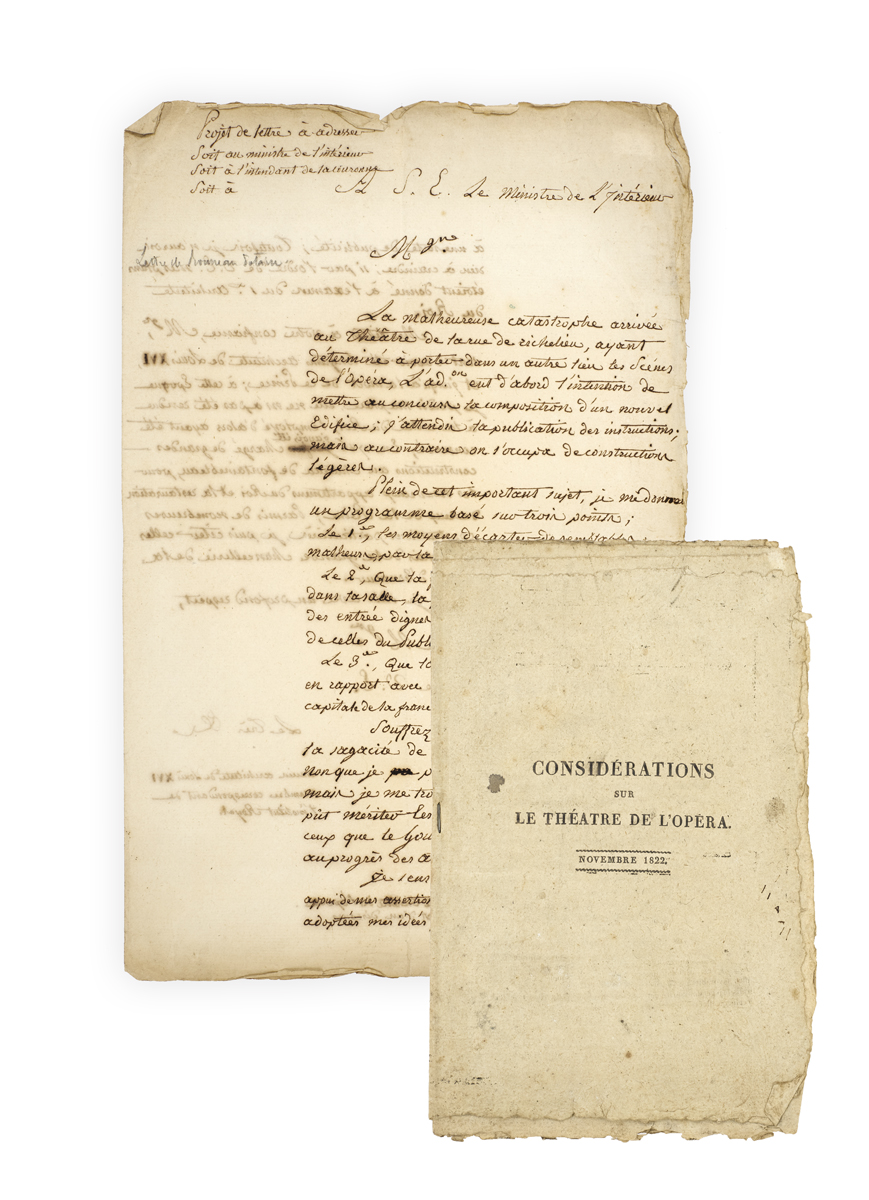BLANCHET, Joseph.
L’art, ou les principes philosophiques du chant. IIe edition, corrigée et augmentée.
Paris, Augustin-Martin Lottin, Michel Lambert and Nicolas-Bonaventure Duchesne, 1756.
8vo, pp. xlviii, 148, [4], with an anatomical plate of the lungs; woodcut head- and tail-pieces; some minor spotting and staining, but a good copy in contemporary red morocco, spine gilt, gilt edges; extremities rubbed.
Added to your basket:
L’art, ou les principes philosophiques du chant. IIe edition, corrigée et augmentée.
First edition. The designation ‘IIe edition, corrigée et augmentée’ on the title arises from the publication in 1755 of L’art du chant, dedié a Madame de Pompadour by Jean-Antoine Bérard, whom Blanchet accuses of incorporating his material. The two works certainly include many passages which are almost identical, notably the first and third chapters, ‘La voix considérée par rapport au chant’ and ‘La formation de la voix’. Blanchet in turn seems to have based much of his work upon the physician and anatomist Antoine Ferrein’s De la formation de la voix de l’homme (1741), although he refutes this imputation at the end of the ‘avertissement’ here.
Joseph Blanchet (1724–1778) was not a musician but a priest and, in his own words, ‘homme de lettres amateur’.
RISM, Ecrits p. 153.

